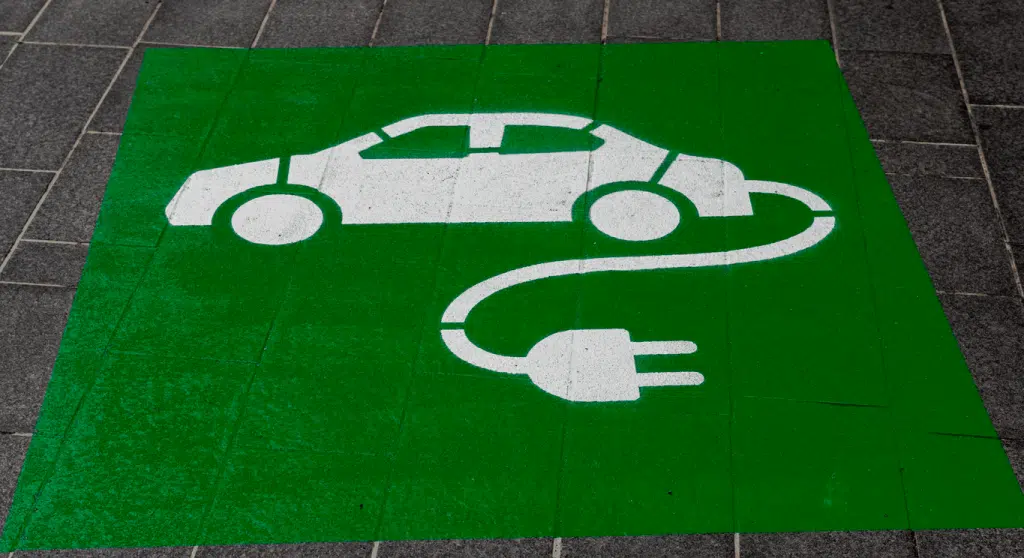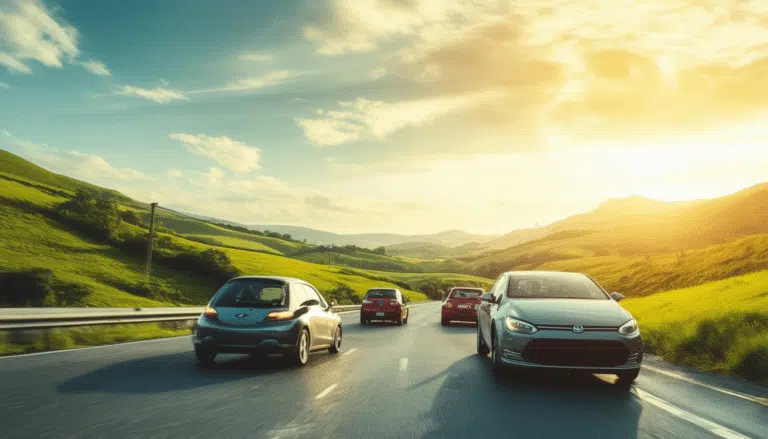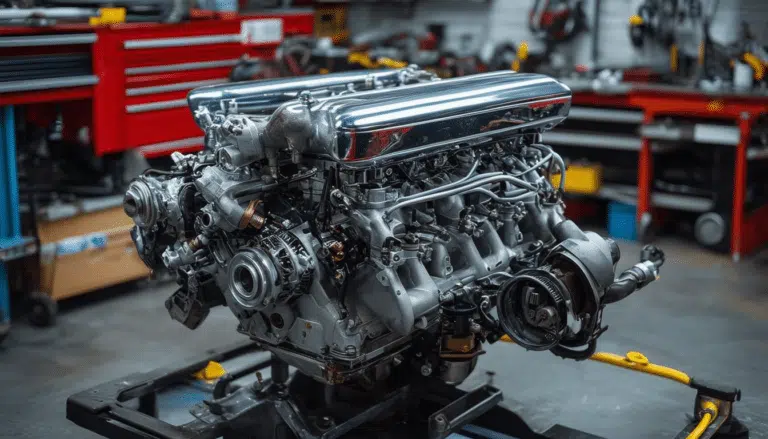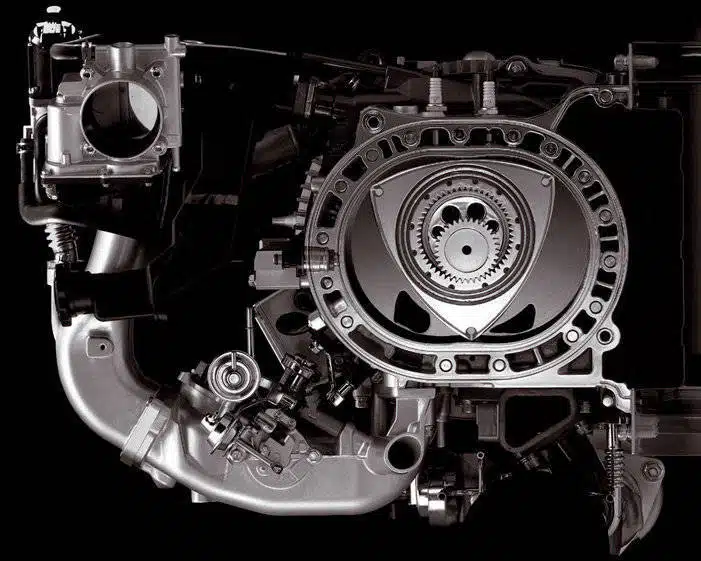Extremadura starts the year with a boom in the sale of hybrid and electric vehicles

At the beginning of a new year, Extremadura marks a significant milestone with a notable increase in the sales of hybrid and electric vehicles. This phenomenon reflects a shift in consumer preferences, driven by factors such as European legislation and growing environmental awareness. During January, these cars represented a remarkable 62% of registrations, evidencing progress towards more sustainable mobility in the region. This increase not only has positive implications for the environment but could also benefit the local economy by taking a pioneering role in the modernization of transport.
In January, Extremadura experienced a remarkable increase in the sale of hybrid and electric vehicles, representing 62% of total registrations. This phenomenon reflects not only a global trend towards sustainable mobility but also the region’s adaptation to European regulations promoting cleaner technologies. Despite the benefits, there are still specific challenges to consider in Extremadura, such as the need for adequate infrastructure and the consideration of regional particularities in the implementation of these technologies.
The notable increase in January sales
During the first month of the year, sales of hybrid and electric vehicles in Extremadura accounted for an impressive 62% of total registrations. Of the total 770 registrations in January, 480 were vehicles with hybrid or electric technologies. This figure indicates a significant increase compared to the previous month, paving the way for a potential shift towards sustainable mobility in the region.
The reasons behind the boom
This growth in the purchase of eco-friendly vehicles is not coincidental. European Union legislation, which will prohibit the manufacturing of combustion cars and vans starting in 2035, has driven these sales. Additionally, Low Emission Zones are encouraging the use of less polluting vehicles, while DGT labels classify cars based on their CO2 emissions. Automotive brands are competing intensely to develop technologies that make their vehicles more environmentally friendly.
The role of hybrids in the market
Hybrid vehicles, especially micro-hybrids, have led the market due to their popularity among consumers. These vehicles combine small electric motors and combustion engines, helping to reduce CO2 emissions compared to traditional vehicles. However, the increased consumption of gasoline compared to diesel remains a concern.
Electric vehicles gain ground
Although electric vehicles have shown a growth of 2.5% to 5% in the first month of 2025, they still have a long way to go. Part of this growth is due to the arrival of new brands that support this technology. However, many still distrust total electrification due to the lack of adequate charging infrastructure.
Electrification challenges in Extremadura
Despite advancements, challenges persist. State regulation without considering regional differences puts areas like Extremadura at a disadvantage, where the population density is lower and trips are mainly intercity. The fact that the electric motors of micro hybrids only allow for ranges of up to 40 kilometers poses a considerable limitation.
Issues with AdBlue technology and maintenance
Another issue is the AdBlue technology for diesel engines, which, while promoting less pollution, has shown problems with crystallization and requires specific maintenance. It is crucial to perform adequate maintenance to avoid breakdowns associated with emissions reduction systems.
The uncertain future of the electric car
The future of the electric car still poses questions. Although there are alternatives such as hydrogen, which shows advancements in development and is a promising option with refueling times similar to traditional fuels, the automotive industry is expected to continue innovating to offer varied mobility options. Micro-hybridization and liquefied gas engines are examples of these current alternatives.
Infrastructure and support policies
To foster the adoption of electric vehicles, policies must focus on improving charging infrastructure and offering attractive incentives. The lack of renewal of the Moves III Plan, which provided up to 7,000 euros in aid for the purchase of electric vehicles, could significantly influence future market dynamics.
Conclusion on the rise of hybrid and electric vehicles in Extremadura
Extremadura has made a significant step towards a more sustainable future with the notable increase in the sale of hybrid and electric vehicles at the beginning of this year. This progress reinforces not only the region’s commitment to reducing emissions but also its alignment with EU environmental policies, which seek to advance towards more eco-friendly mobility.
The most notable fact is that 62% of registrations in January corresponded to cars with hybrid or electric engines, highlighting the growing acceptance and popularity of these sustainable alternatives among consumers. This market behavior represents a significant change compared to previous years and reflects an evolution in consumer preferences towards more environmentally friendly options.
The implementation of Low Emission Zones and state regulation regarding emission labels have played a crucial role in this boom. However, it is important to consider intraregional differences, as each community has a different environmental impact and unified regulation may not adapt to all local realities.
Furthermore, the spectrum of technological options, from micro-hybrids to electric and liquefied gas vehicles, offers the inhabitants of Extremadura a variety of possibilities to find the mobility solution that best suits their needs. Despite these options, it is essential that electric charging infrastructure continues to expand and improve to sustain this growth.
In conclusion, Extremadura’s advance in the adoption of hybrid and electric vehicles is a positive step towards a more sustainable future. This phenomenon not only contributes to environmental protection but also to regional economic development by promoting an increasingly innovative and dynamic market. With ongoing efforts in regulation and infrastructure, Extremadura is well on its way to a more environmentally friendly transport model.





